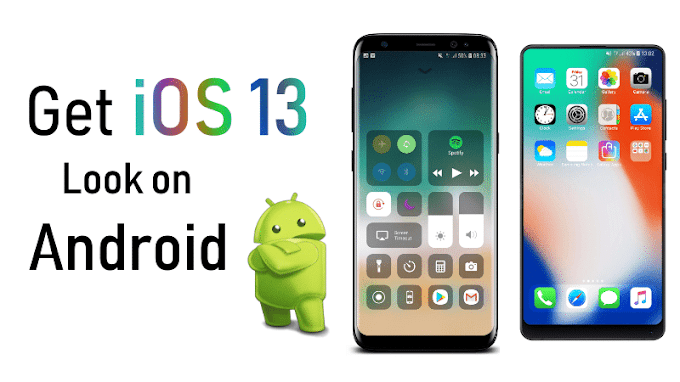Mind reading device reveals that deeply paralyzed patients want to live despite their disabilities
Connected to Mind-Reading Device, Deeply Paralyzed Patients Say They Want to Live
Acute paralysis is one of the worst conditions that a human can suffer. It paralyzes your body and leaves in a zombie like state requiring 24×7 nursing. You would have thought that most such deeply paralyzed patients would have lost their will to live. No! Actually, they want to live. Scientists have used a new mind-reading device to find out whether these deeply paralyzed patients want to live or die and most of them replied in positive!
The researchers have developed a new brain-computer interface records “yes” and “no” answers in patients who lack any voluntary muscle movement. The researchers who are from Europe say they’ve found out the answer after using a brain-computer interface to communicate with four people completely locked in after losing all voluntary movement due to Lou Gehrig’s disease, or amyotrophic lateral sclerosis.
In response to the statement “I love to live” three of the four patients replied yes. They also said yes when asked “Are you happy?” The fourth patient, a 23-year-old woman, wasn’t asked open-ended questions because her parents feared she was in a fragile emotional state.
The new mind-reading tool has been developed by neuroscientist Niels Birbaumer from Wyss Center for Bio and Neuroengineering in Geneva. Birbaumer’s brain-computer interface fits on a person’s head like a swimming cap and measures changes in electrical waves emanating from the brain and also blood flow using a technique known as near-infrared spectroscopy.
To verify the four could communicate, Birbaumer’s team asked patients, over the course of about 10 days of testing, to respond yes or no to statements such as “You were born in Berlin” or “Paris is the capital of Germany” by modulating their thoughts and altering the blood-flow pattern. The answers relayed through the system were consistent about 70 percent of the time, substantially better than chance.
The new device opens up new vistas in the treatment of patients suffering from acute paralysis. Though the tools are in a primitive stage and can only record yes and nos from the patients, researchers feel that the tool can soon help for better treatment of such patients. The tool is also a manna from heaven for relatives and loved ones of the patients as they can finally communicate with such patients.
The study has been published in the journal PLOS Biology.


![How To Read Deleted WhatsApp Messages? [Working 2019]](https://blogger.googleusercontent.com/img/b/R29vZ2xl/AVvXsEjekX46Bu79o0XT2nwhL6Uj7SDzew-iP1dqXflRQfAwyVLJE7QWkN8LIRUADV4P8Y5fTvj46B074-hlZ9XMdsbxz9HYYG9vgqgFqFSZf62dFHf-_34bhwFHfEy8iUkJIiEYdNyw1iur7eEO/w680/How-To-Read-Deleted-WahtsApp-Messages-696x414.jpg)


0 Comments